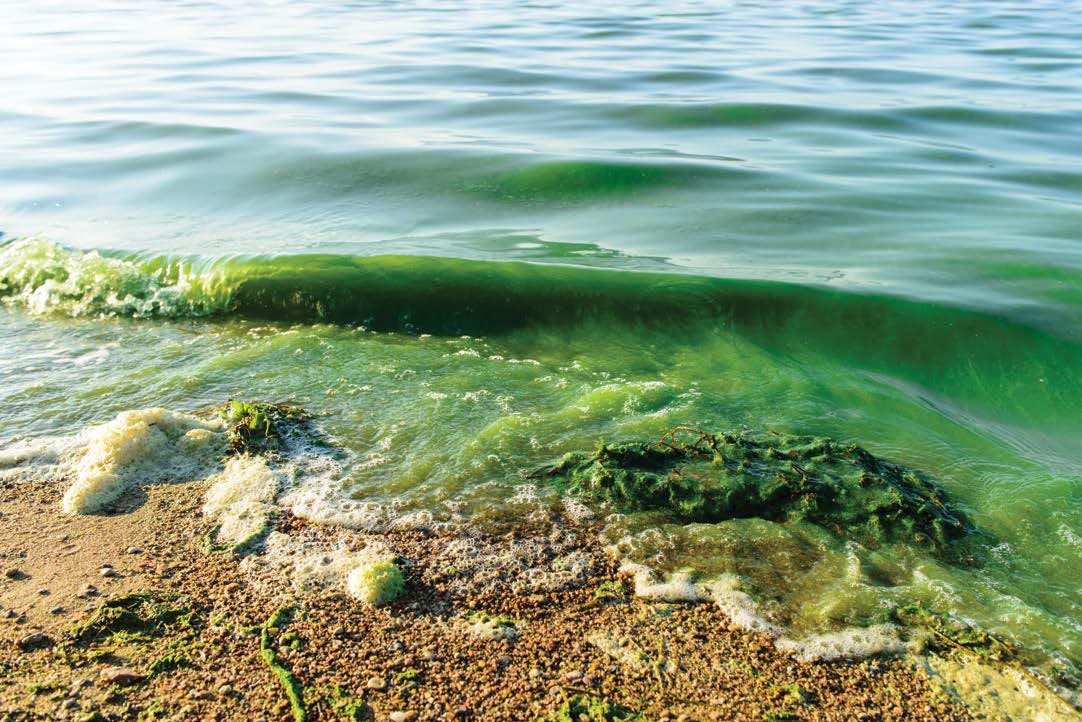
In the Devonian, the oceans and landmasses were both thriving for the first time in Earth’s history. In the Early Devonian, the land was bare, and what little life existed on land had little effect on the oceans. But as plants began to take over the land, their roots broke up rocks and created incredible amounts of soil for the first time. The presence of soil further erodes rock, which in turn releases minerals and ions that algae and plants use as nutrients. Since this had not occurred on Earth before the Devonian, sea life had evolved in the relative absence of such nutrients. But as soil developed quickly, the explosion of plant life across the globe resulted in huge amounts of nutrient-rich runoff entering waterways and oceans for the first time.
The rapid introduction of so many nutrients likely caused great blooms of algae in rivers, lakes, and the oceans. Algae use carbon dioxide to grow, producing oxygen as a waste product. But when algae die, they also consume oxygen; as algae break down, their carbon combines with oxygen to create carbon dioxide. This is key because, as the ancient algae died and sank, much of the oxygen in the water was used up in the process, and the resulting carbon dioxide then contributed to further algae growth. Due to the massive amounts of algae, the rate of decomposition likely exceeded the rate of oxygen production, thereby creating anoxic (oxygen-depleted) conditions that would have suffocated fish and other oxygen-dependent life, including H. percarinata. This process, called eutrophication, was a catastrophe for ocean life in the Devonian, and it was all caused by the rapid expansion of plant life on land.

Algal blooms can be as devastating to aquatic environments today as they were in the Devonian. The enormous amount of algae simply chokes out other sea life.
Nutrient-rich Runoff Causing Catastrophic Algal Blooms
